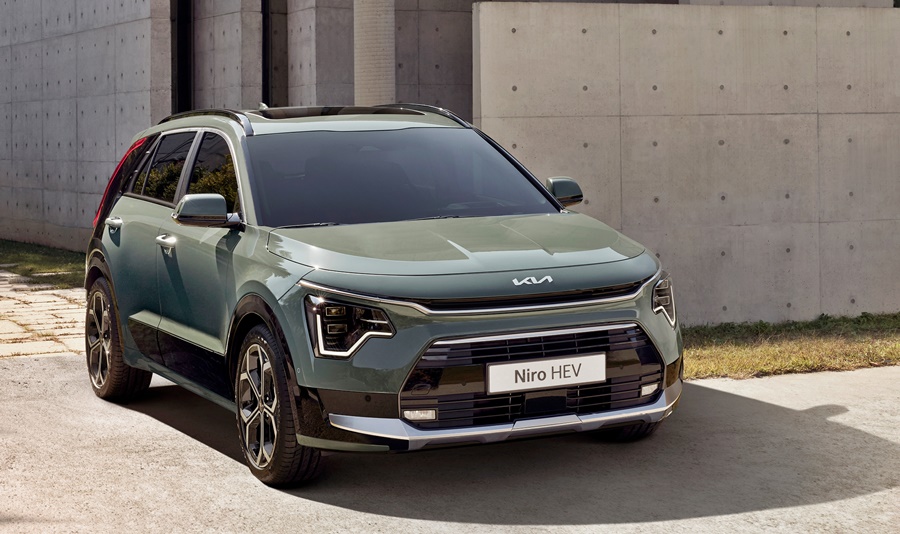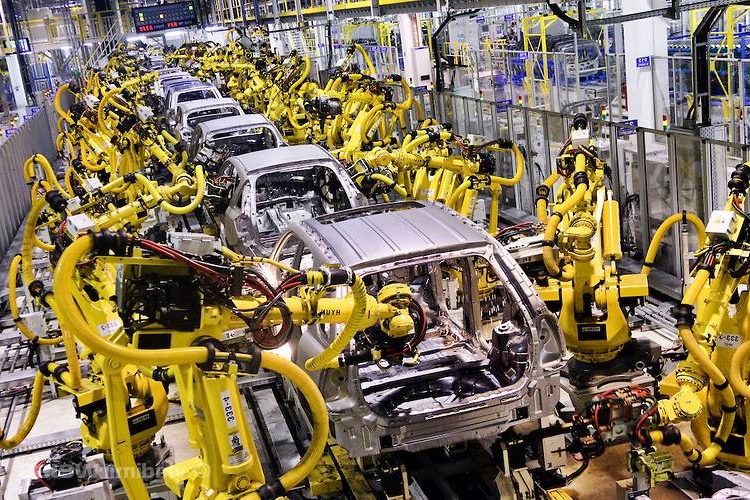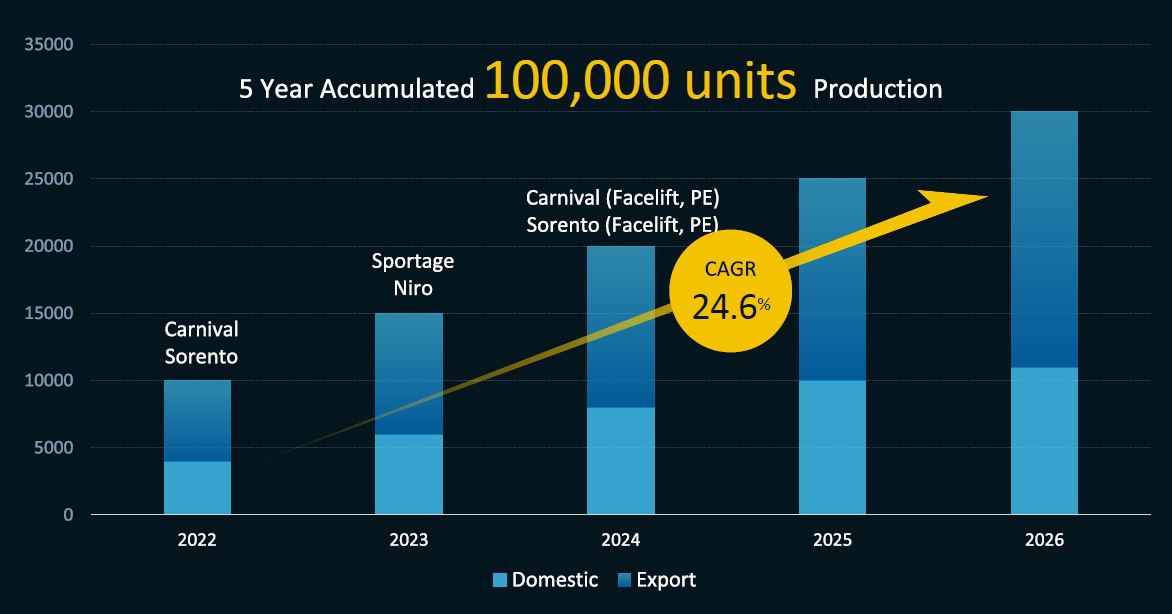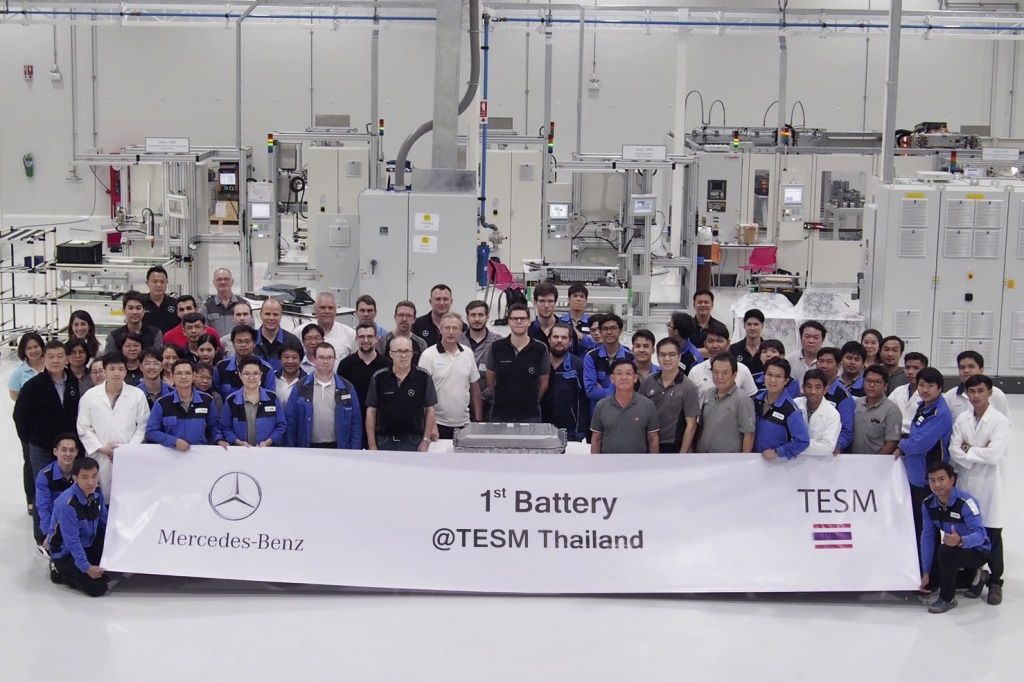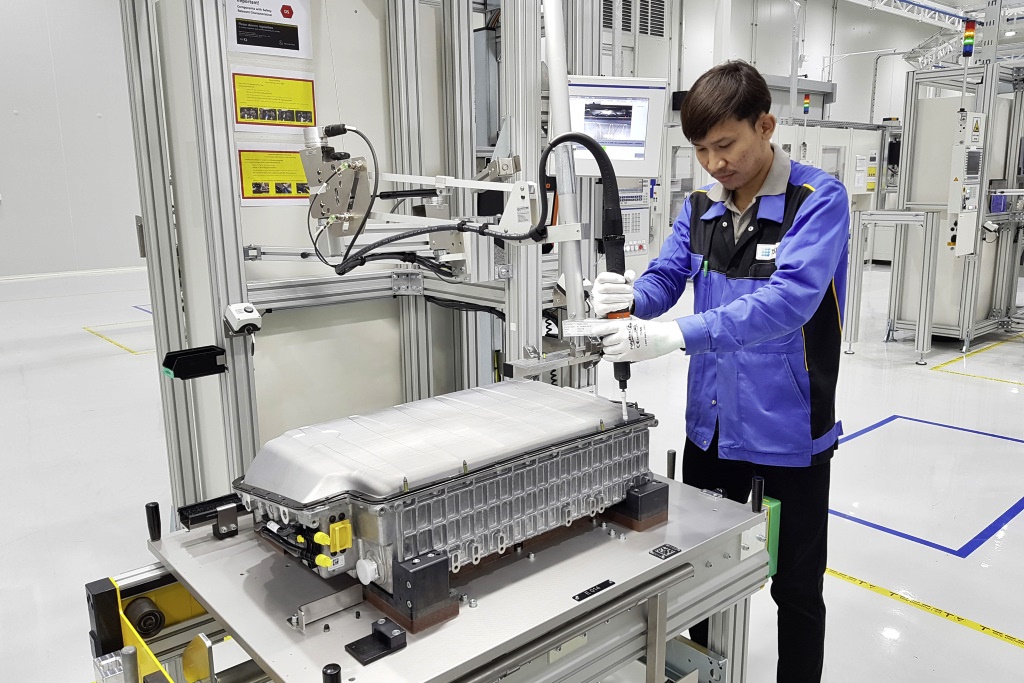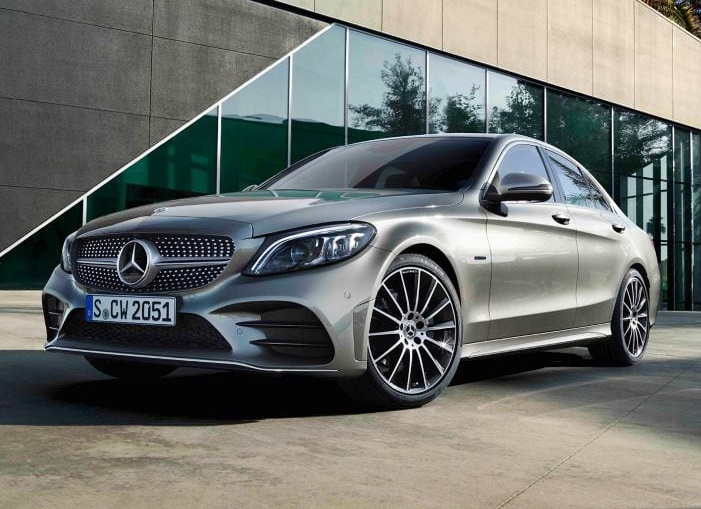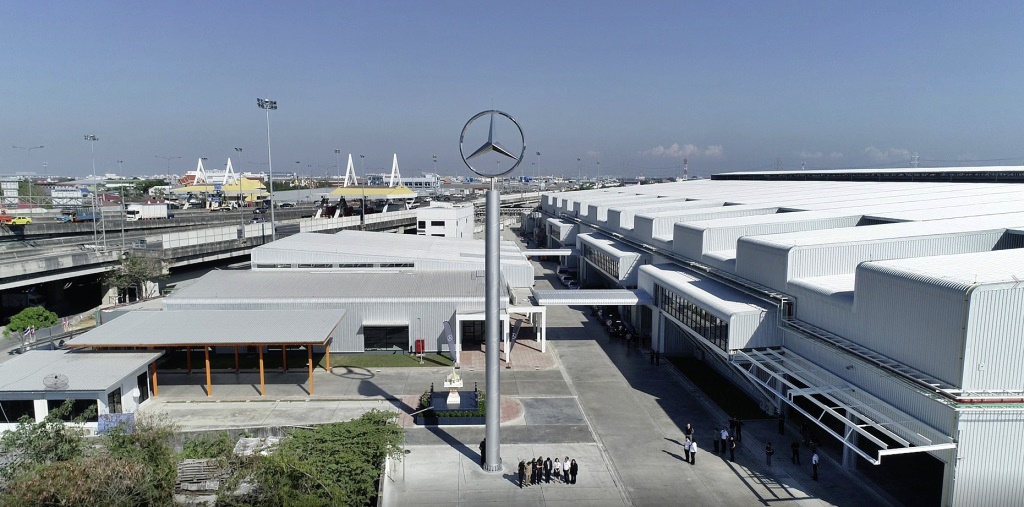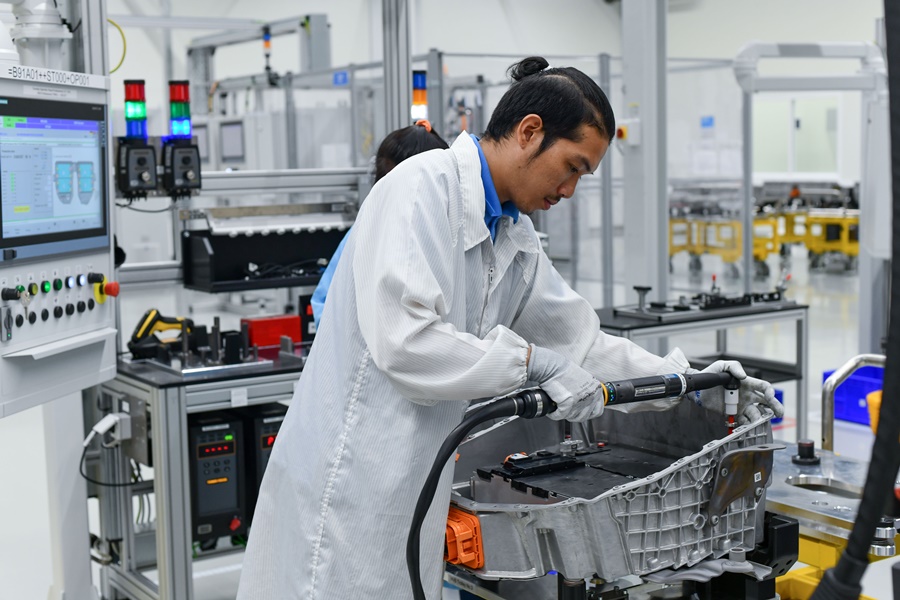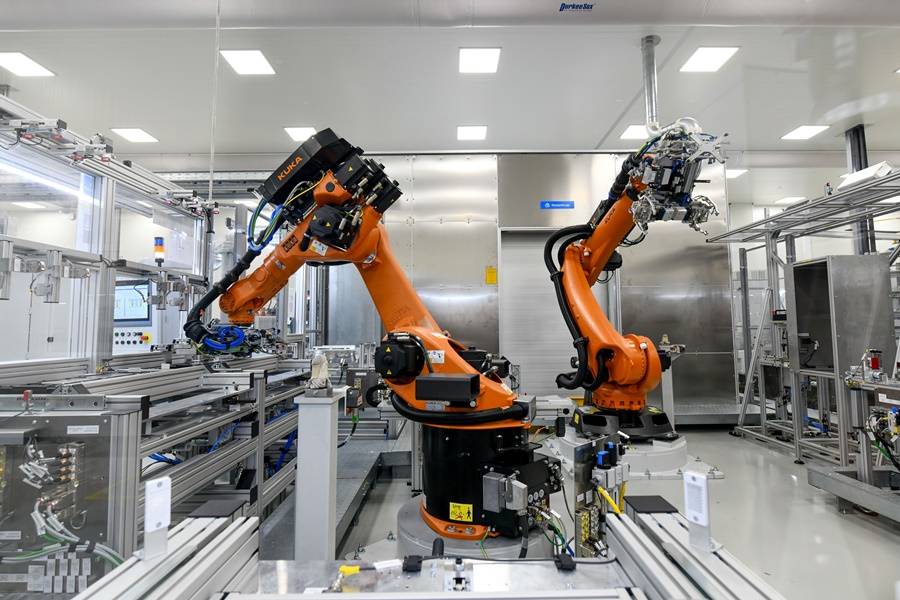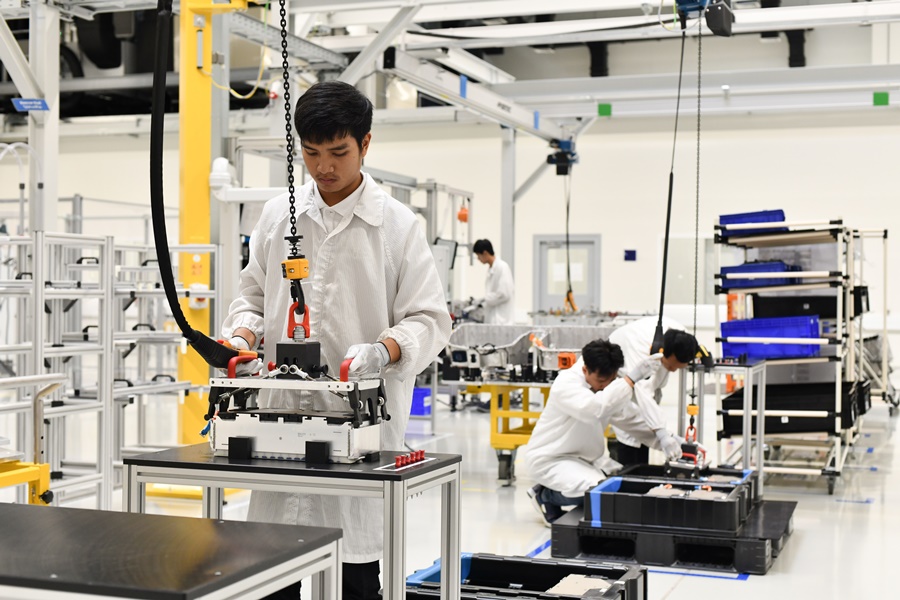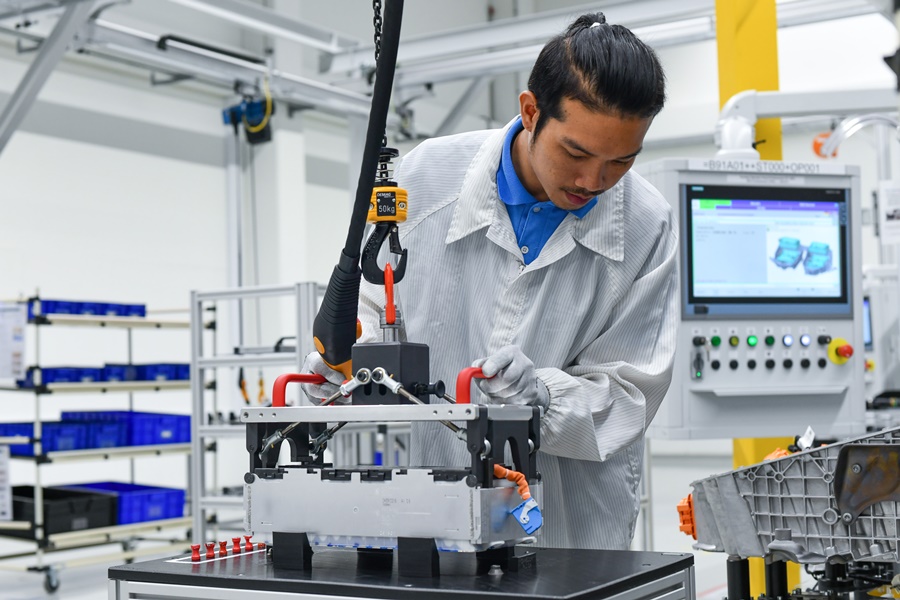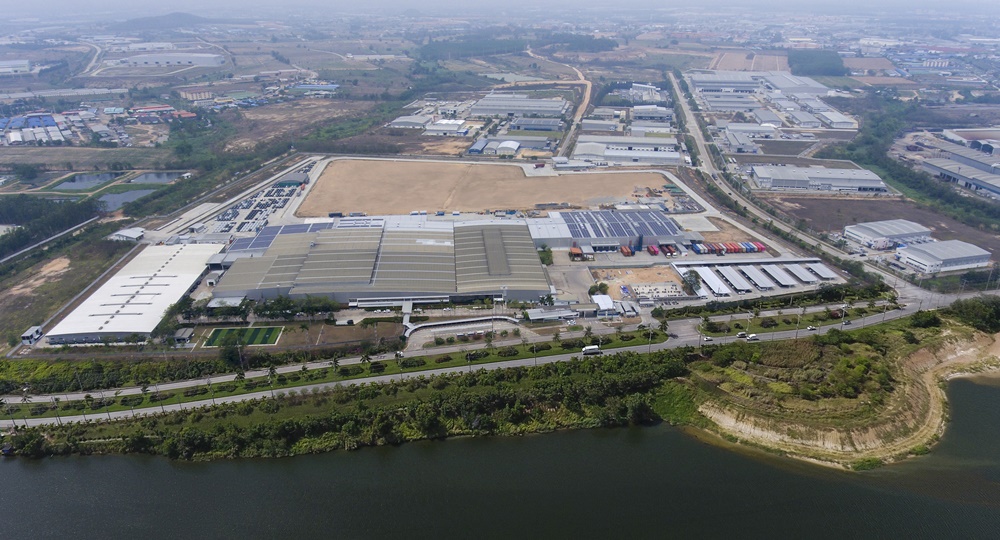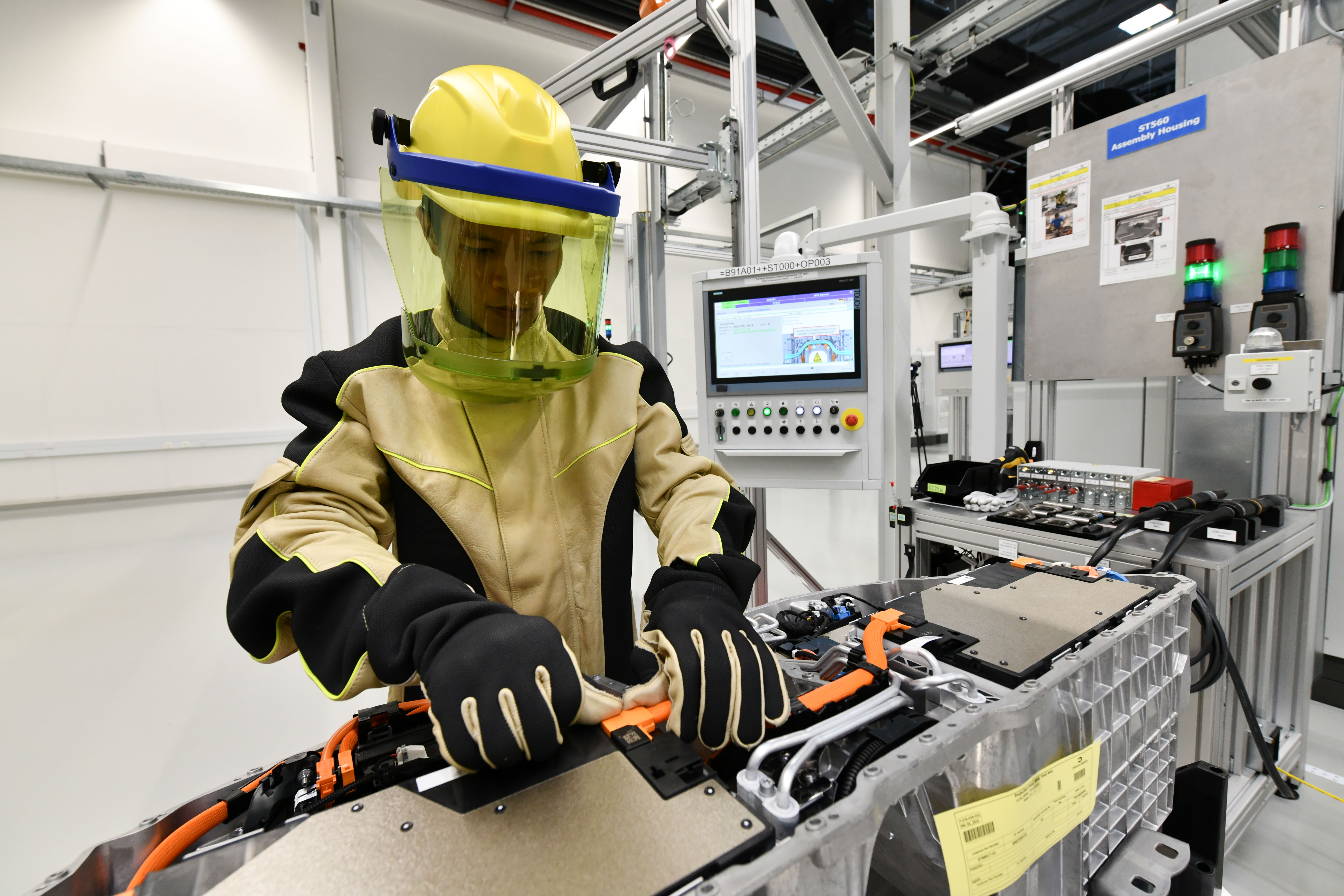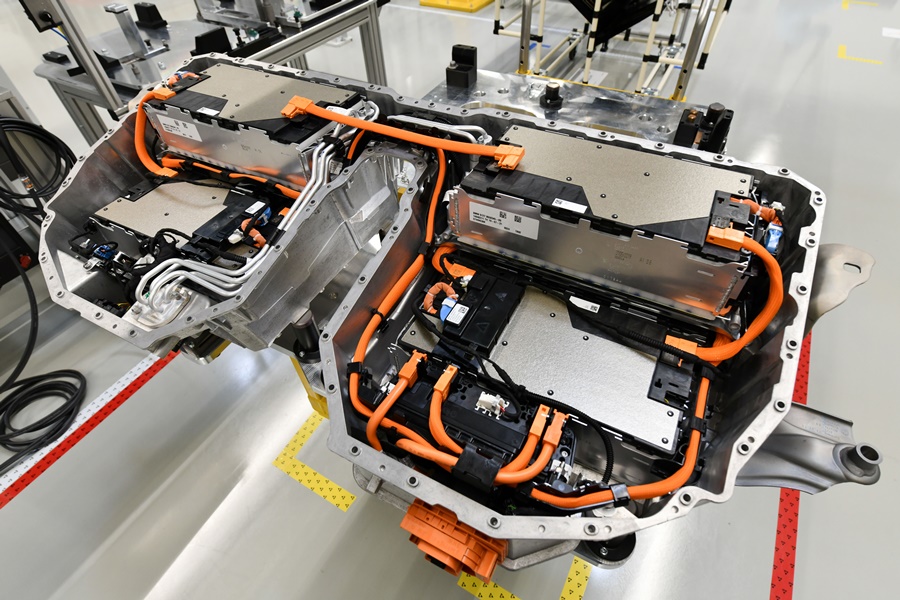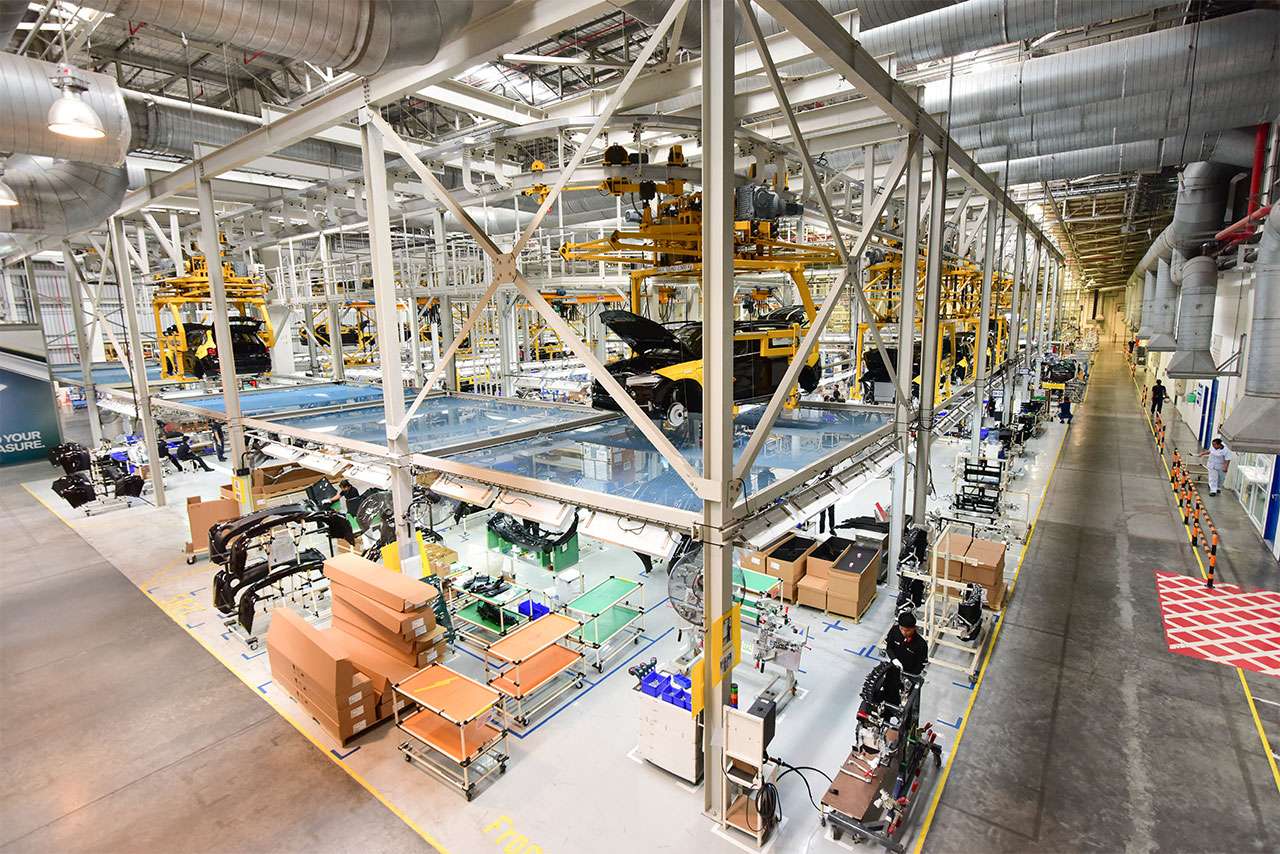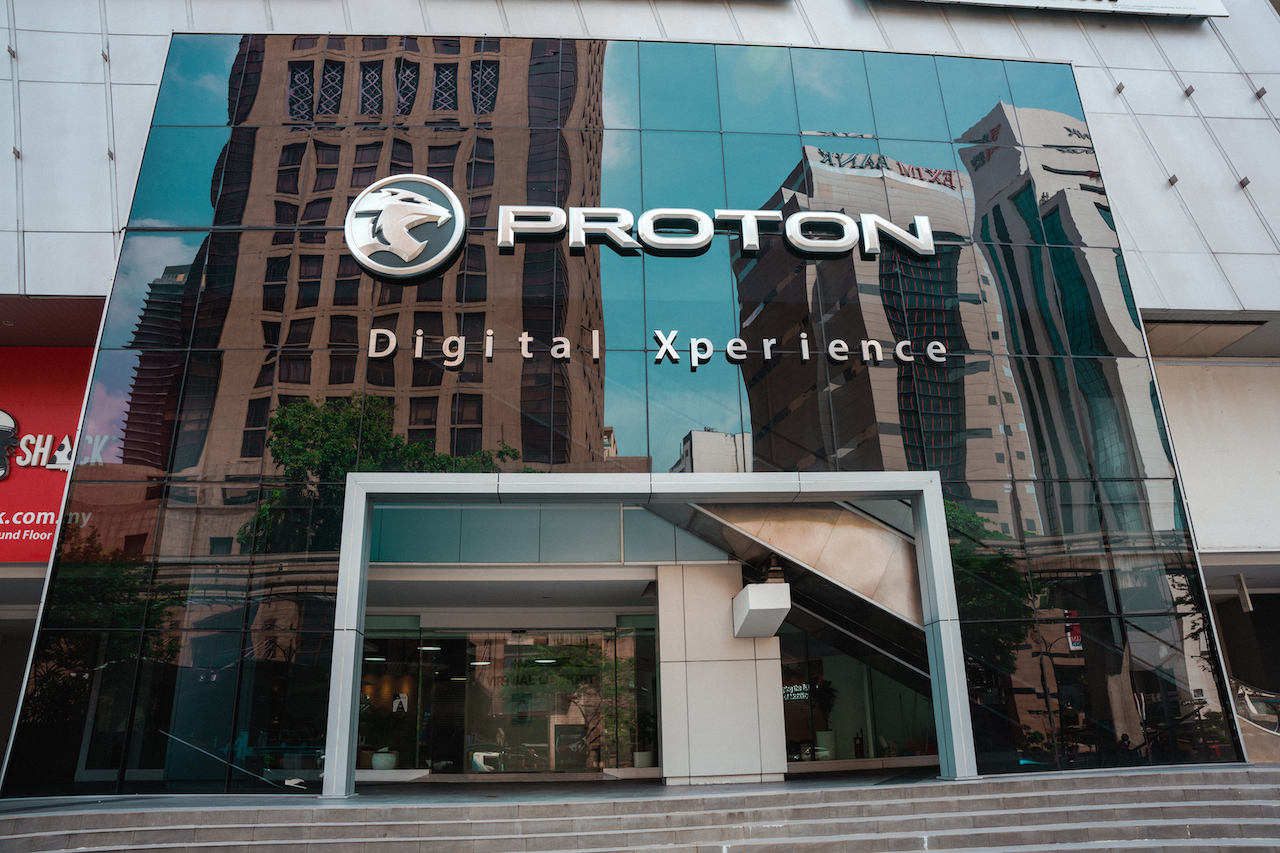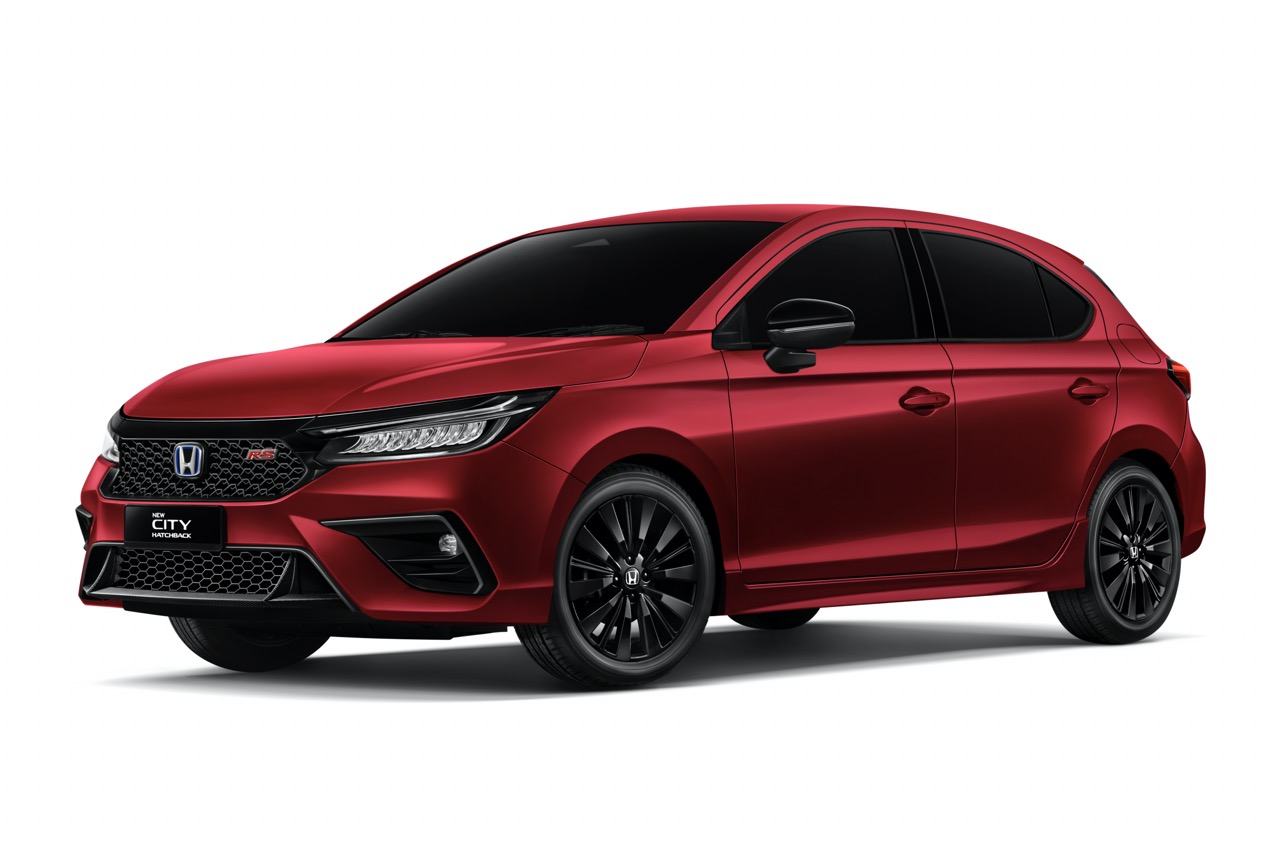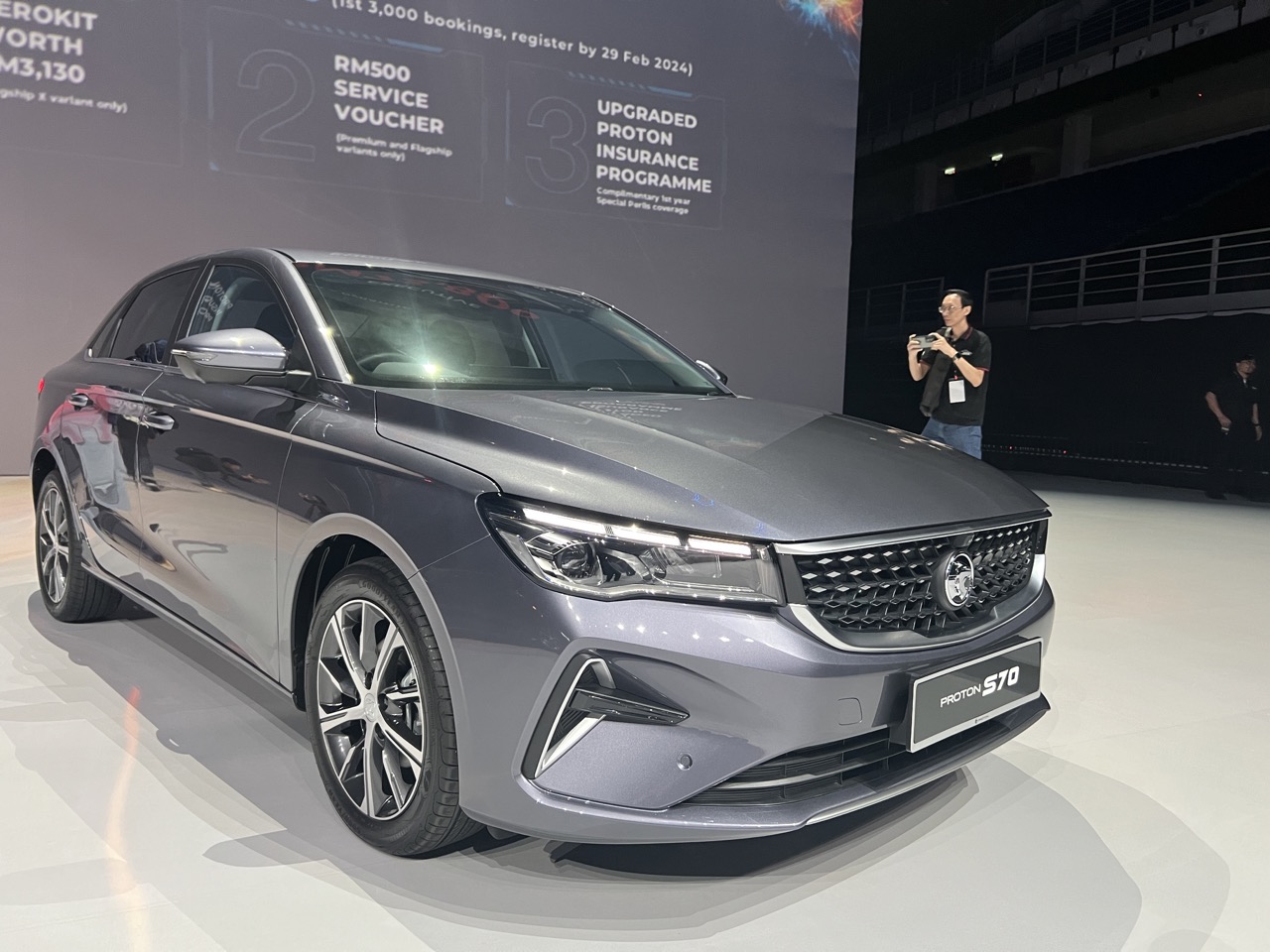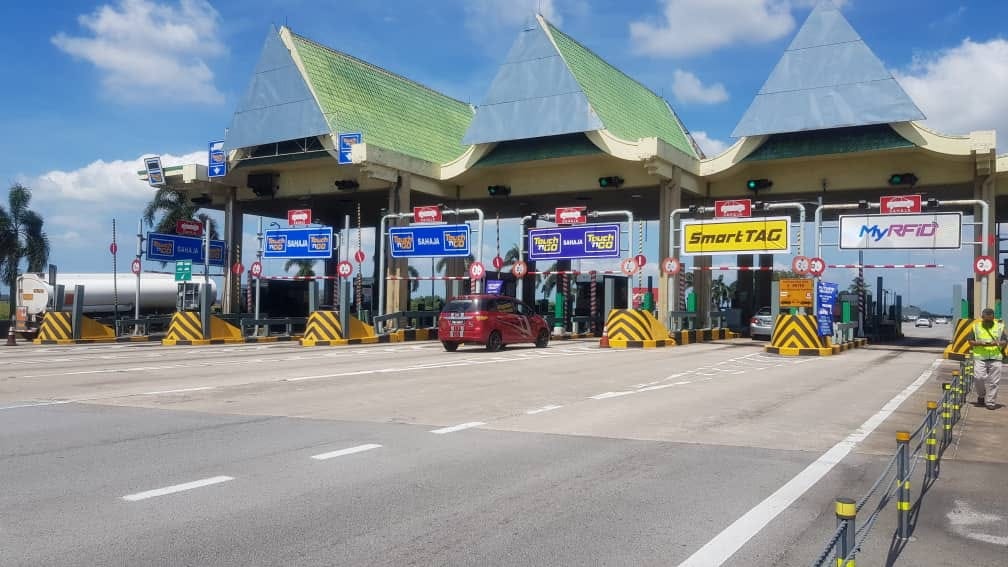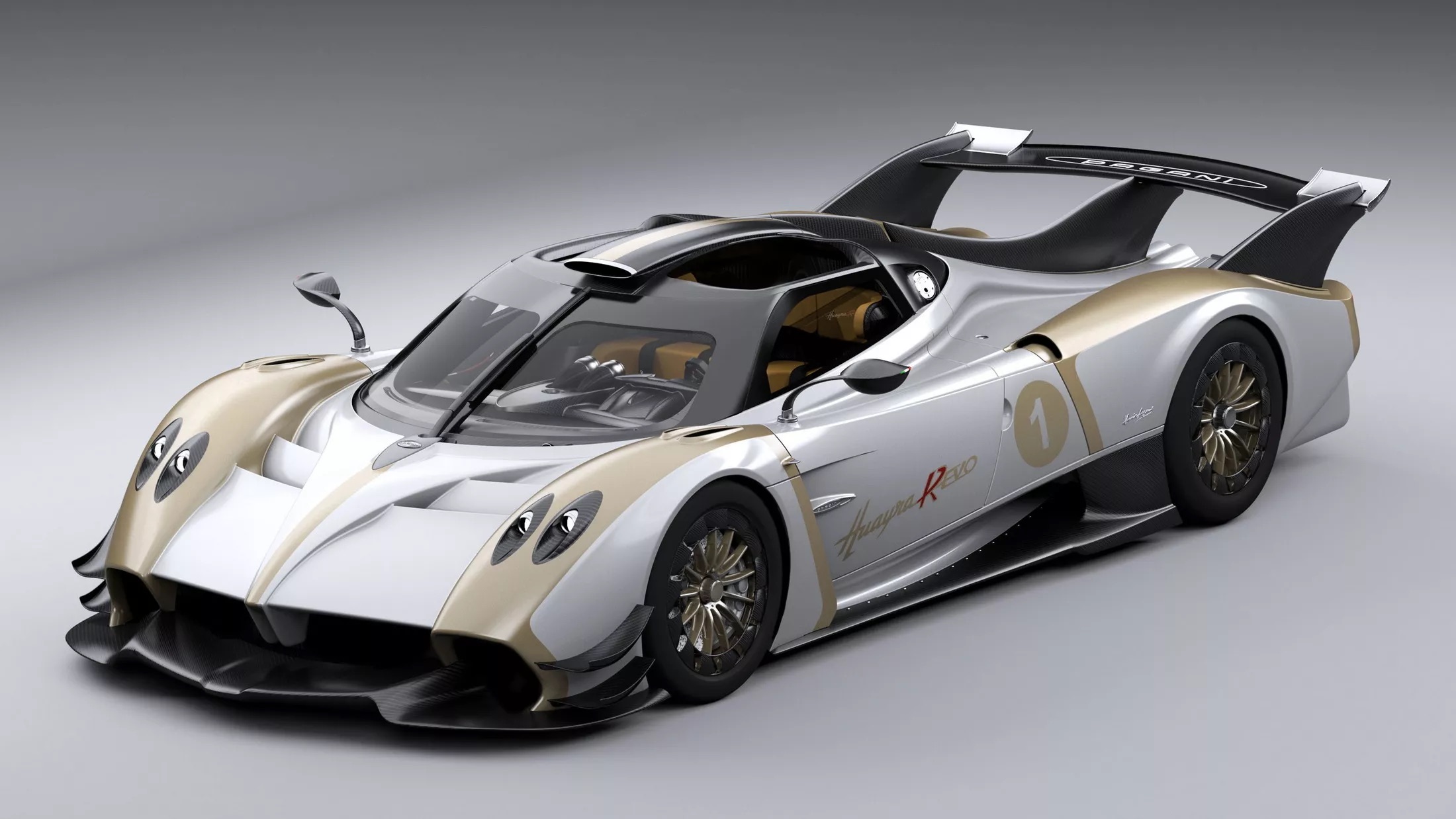After a period of obscurity, Kia is ready to move forward with great determination and has formulated a plan to grow its volume in the ASEAN region. Having established a new business operation in April this year, the Korean carmaker has a partner – Bermaz Auto – which took over the brand from Naza (along with Peugeot as well). Bermaz Auto and Kia have formed a joint-venture company called Kia Malaysia which will manage the brand’s activities in the country. Distribution and retail operations will be handled by Dinamikjaya Sdn Bhd, a subsidiary of Bermaz Auto.
Kia Malaysia’s operations will include local assembly, the first time the carmaker is making a direct investment for assembly operations. It considers this to be a key factor for growth as it will enable Kia vehicles to be sold around the ASEAN region at competitive prices. This is because they can be assembled in Malaysia and exported to other markets without import duties imposed by those countries, a privilege accorded by the ASEAN Free Trade Area (AFTA) agreement.
Previously, there were some Kia models assembled locally but the volume was small and therefore not efficient. Now, Kia has set a target of 100,000 units in total from 2022 to 2026. The vehicles will be for the Malaysian market as well as export. The export plans are ambitious and will account for more than 50% of annual production each year. By 2026, the company expects to export up to 19,000 units from the 30,000 units targeted for that year.
The vehicles – comprising new generations of the Carnival, Sorento, Sportage and Niro – will be assembled at the Inokom plant in Kedah. This plant, which began operations in the 1990s, assembles for brands such as Mazda, BMW and MINI. Incidentally, among the plant’s shareholder’s is Hyundai Motor Company, which is affiliated with Kia in the Hyundai Motor Group. Hyundai’s share is 15% and it has been a shareholder since the plant started in 1997.
From what Kia Malaysia has revealed of the coming products, all four models will be produced with combustion engines as well as electrified powertrains. The Carnival and Sportage will be hybrid electric while the Sorento and Niro will also have plug-in hybrid (PHEV) powertrains. A fully-electric version of the Niro will also be produced, and this would enjoy attractive incentives offered by the government for battery-electric vehicles.
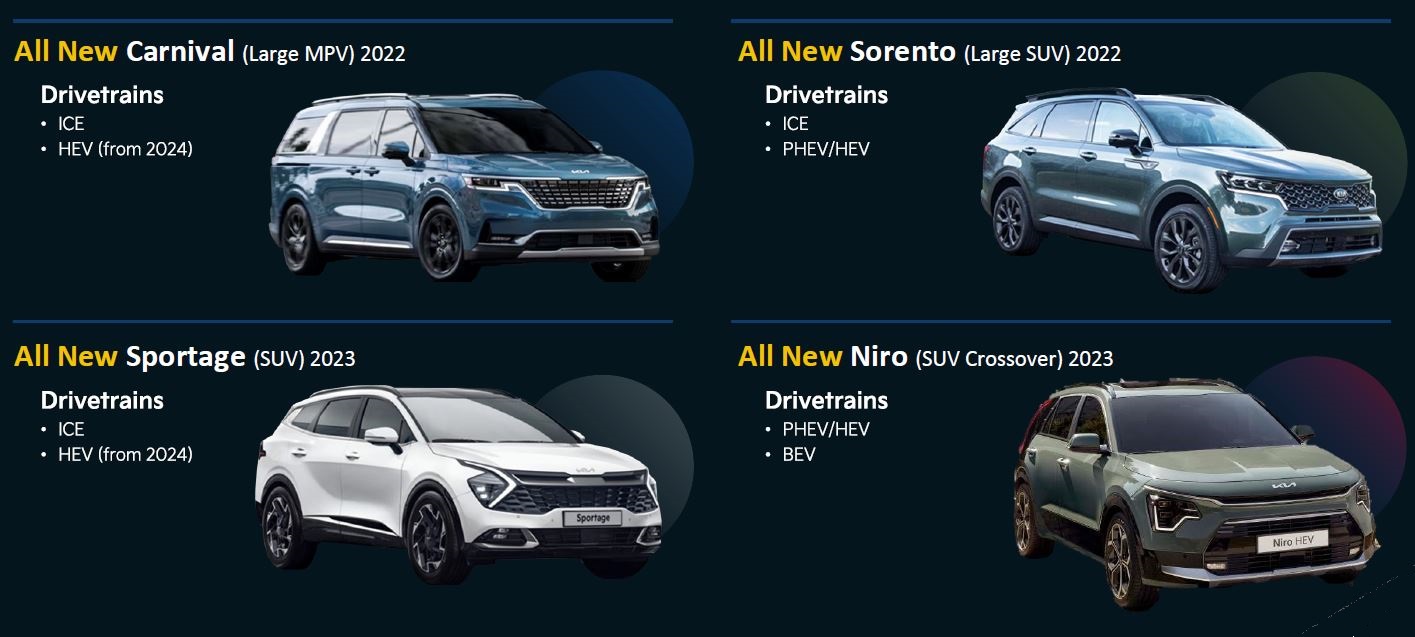
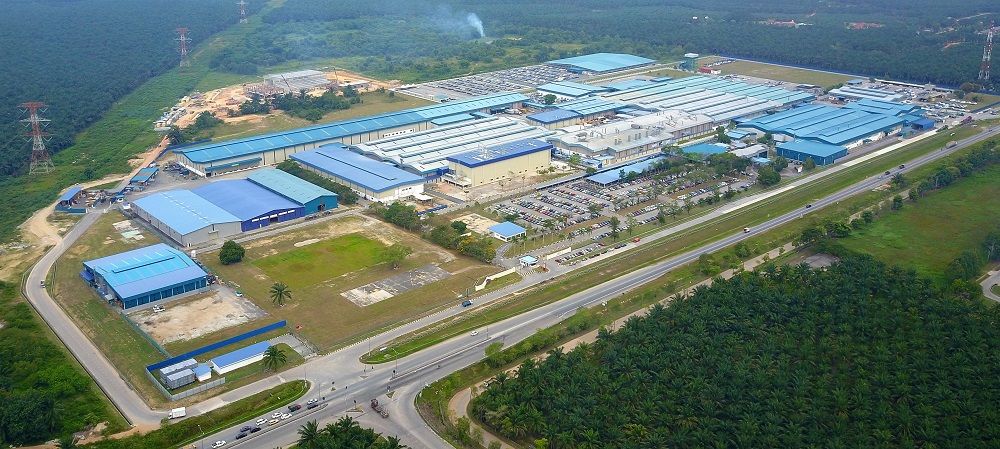
Omitting passenger cars may not be a disadvantage as Kia’s past models have enjoyed limited success. Their SUVs have met with good response and the new Carnival is also a big leap from the previous generation. Now the task for Dinamikjaya will be to assure customers that it will offer the best aftersales support to those who buy a Kia. The company will examine all past promises to customers and see how to best move forward with existing owners.
Teaming up with Bermaz Auto is advantageous for Kia as the team in this company have long experience in all aspects of the auto industry. They are led by Dato’ Seri Ben Yeoh, whose career spans 5 decades, during which time he has been involved in brands like Mercedes-Benz, Toyota, Daihatsu, Proton, Mazda, Skoda and Hyundai. Senior members of his team were even involved in setting up and running the Inokom factory before it was acquired by Sime Darby Motors.
Bermaz Auto takes over Kia business in Malaysia, with local assembly to commence in 2022.


